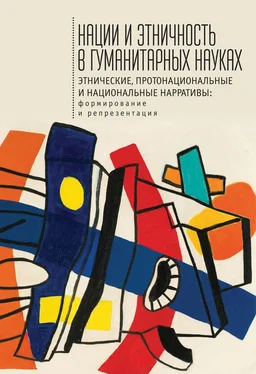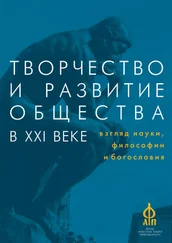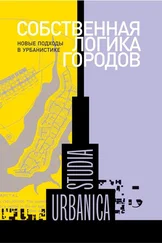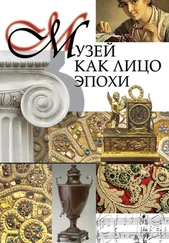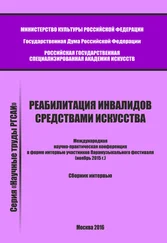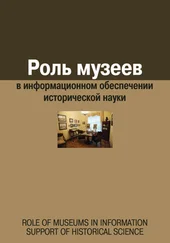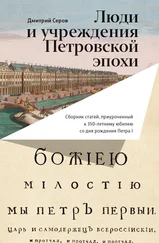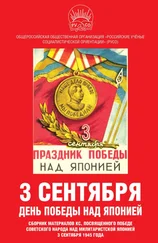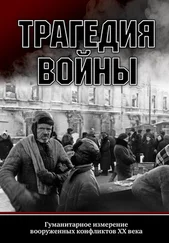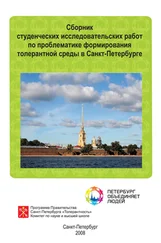Брубейкер Р. Этничность без групп. М., 2012. С. 81–88.
Блум Я.-П. Этническая и культурная дифференциация // Этнические группы и социальные группы. Социальная организация культурных различий / Под ред. Ф. Барта. М., 2006. С. 91.
Брубейкер Р. Этничность без групп. С. 28.
Крым и расширение российских границ // URL: http://www.levada.ru/23-03-2015/krym-i-rasshirenie-rossiiskikh-granits (дата обращения: 19.05.2015).
The Cambridge Old English Reader, ed. R. Marsden. Cambridge, 2004. P. 335–344. All quotations from Wife's Lament and Wulf and Eadwacer are from the same. Modern English translations are mine.
R. F. Leslie. Three Old English Elegies: The Wife's Lament, The Husband's Message, The Ruin. Manchester, 1961. P. 11.
A. Hall. 'The Images and Structure of The Wife’s Lament’ / / Leeds Studies in English. 2002. NS 33. P. 1–29, at P. 5.
K. Hume. 'The Conception of the Hall in Old English Poetry’ // Anglo-Saxon England. 3, 1974. P. 63–74, at P. 64.
A. L. Klinck. 'Animal Imagery in Wulf and Eadwacer and the Possibilities of Interpretation’, Papers on Language & Literature 23.1 (1987). P. 5–6.
P. Belanoff. ‘Ides…geomrode giddum: the Old English Female Lament’, in A. L. Klinck and A. M. Rasmussen (eds.), Medieval Woman’s Song: Cross-cultural Approaches, Philadelphia, 2001. P. 29–46, at P. 32.
H. Scheck. ‘Seductive Voice: Rethinking Female Subjectivities in The Wife’s Lament and Wulf and Eadwacer’, Literature Compass 5.2 (2008). P. 220–227, atP. 223.
B.R. Straus. ‘Women’s Words as Weapons: Speech as Action in The Wife’s Lament’, in К О. O'Keeffe (ed.), Old English Shorter Poems: Basic Reading (New York, 1994). P. 335–356, at P. 337.
H. Scheck. Op. Cit. P. 224.
Ibid.
Ibid.
Гальфрид Монмутский. История бриттов. Жизнь Мерлина / послеслов. А. Д. Михайлова. М., 1984. С. 19.
Там же. С. 20.
Chibnall М. The Empress Matilda: Queen Consort, Queen Mother and Lady of the English. Oxford, 1991. P. 32.
Гальфрид Монмутский. Ук. соч. С. 25.
Ashley L. R. N. Authorship and Evidence: A Study of Attribution and the Renaissance Drama Illustrated by the Case of George Peele (1556–1596). Geneve, 1968. P. 68.
Supplement to the edition of Shakespeare’s plays: In 2 vols. Vol. 2. London, 1778. P. 189–190.
B. K. Çağlar & F. N. Çamlıbel , ‘10th Year Anthem’, 1933. http://tr.wikipedia.org/wiki/ Onuncu_Y%C4%B1l_Mar%C5%9F%C4%B1 (date of access – 30.05.2015).
A. H. Tanpınar, 19. Asır Türk Edebiyatı Tarihi [History of 19th Century Ottoman Literature]. İstanbul, 2001. P. 296; Y. Ecevit , Türk Romanında Postmodernist Açılımlar [Postmodernist Approaches in Turkish Novel]. Istanbul, 2001. P. 83; R. Finn , Türk Romanı İlk Dönem. 1872–1900 [Early Turkish Novel, 1872–1900], T. Uyar (trans), İstanbul, 2003 [published in 1984 in English].
Vartan Pasha , Akabi Hikayesi İlk Türkçe Roman [Akabi’s Story The First Novel in Turkish Language], ed. A. Tietze , İstanbul, 1991 [1851].
A. Mithat , Felâtun Bey and Râkım Efendi, ed. T. Şimşek , İstanbul, 1998 [1876].
N. Kemal , The Awakening, Akçağ Yayınları. Ankara, 1997 [1876].
R. M. Ekrem , Araba Sevdası [The Carriage Affair]. İstanbul, 1985 [1890].
M. Murad , Turfanda mı yoksa Turfa mı? [The Fresh or The Kosher?]. İstanbul, 2004 [1891].
A. H. Tanpınar , ‘Roman ve Romancıya Dair Notlar I’ [Notes on the Novel and the Novelist I], in Edebiyat Üzerine Makaleler [Essays on Literature]. İstanbul, 2000 [1969]. P. 59; A. H. Tanpınar, 19. Asır Türk Edebiyatı Tarihi [History of 19th Century Ottoman Literature]. İstanbul, 2001. P. 296.
‘Tanzimat Firman’. Viewed on 30 May 2015, www.anayasa.gen.tr/gulhane.htm.
A. H. Tanpınar, 19. Asır Türk Edebiyatı Tarihi [History of 19th Century Ottoman Literature]. İstanbul, 2001. P. 64; A. C. Issı, ‘Türk Edebiyatının Romanla Tanışması’ [Turkish Literature Meeting Novel]. Hece, vol. 65/66/67. P. 16–20.
N. Kemal, ‘Mukaddeme-i Celal’, in Tanzimat Sonrası Osmanlıca Metinler [Texts in Ottoman Language after Tanzimat], ed. O. Önertoy , Ankara, 1987. P. 74–75.
B. Moran , Türk Romanına Eleştirel Bir Bakış [A Critical View on Turkish Novel]. İstanbul, 2004. P. 17.
G. Dino , Tanzimattan Sonra Edebiyatta Gerçekçiliğe Doğru [Towards Realism in Literature After Tanzimat]. Ankara, 1954. P. 7–15.
N. Kemal , ‘Bahar-ı Daniş Mukaddemesi’ [Introduction to Spring Privy]. Önertoy, 1987, P. 66–67.
Ş. Mardin , ‘Tanzimat’tan Sonra Aşırı Batılılaşma’ [Super-Westernization After Tanzimat], in Türk Modernleşmesi Makaleler 4 [Turkish Modernization Essays 4]. İstanbul, 2003 [1991]. P. 21–76.
V. Holbrook, The Unreadable Shores of Love. Austin, Texas, 2003. P. 12.
For an elaborate discussion on the definition of “first” Ottoman/Turkish novel, see Ş. Başlı , Osmanlı Romanının İmkânları Üzerine [On the Possibilities of the Ottoman Novel]. İstanbul, 2010.
A. H. Tanpınar, 19. Asır Türk Edebiyatı Tarihi [History of 19th Century Ottoman Literature]. İstanbul, 2001. P. 289.
G. Dino , Türk Romanının Doğuşu [The Birth of Turkish Novel]. İstanbul, 1978. P. 185.
B. Moran , Türk Romanına Eleştirel Bir Bakış [A Critical View on Turkish Novel]. İstanbul, 2004. P. 17.
Ş. Mardin , ‘Giriş’ [‘Introduction’], Jön Türklerin Siyasi Fikirleri 1895–1908 [Political Ideas of the Young Turks]. İstanbul, 1992. P. 17–18.
Ş. Mardin . Op. cit. P. 118.
Читать дальше
Конец ознакомительного отрывка
Купить книгу
